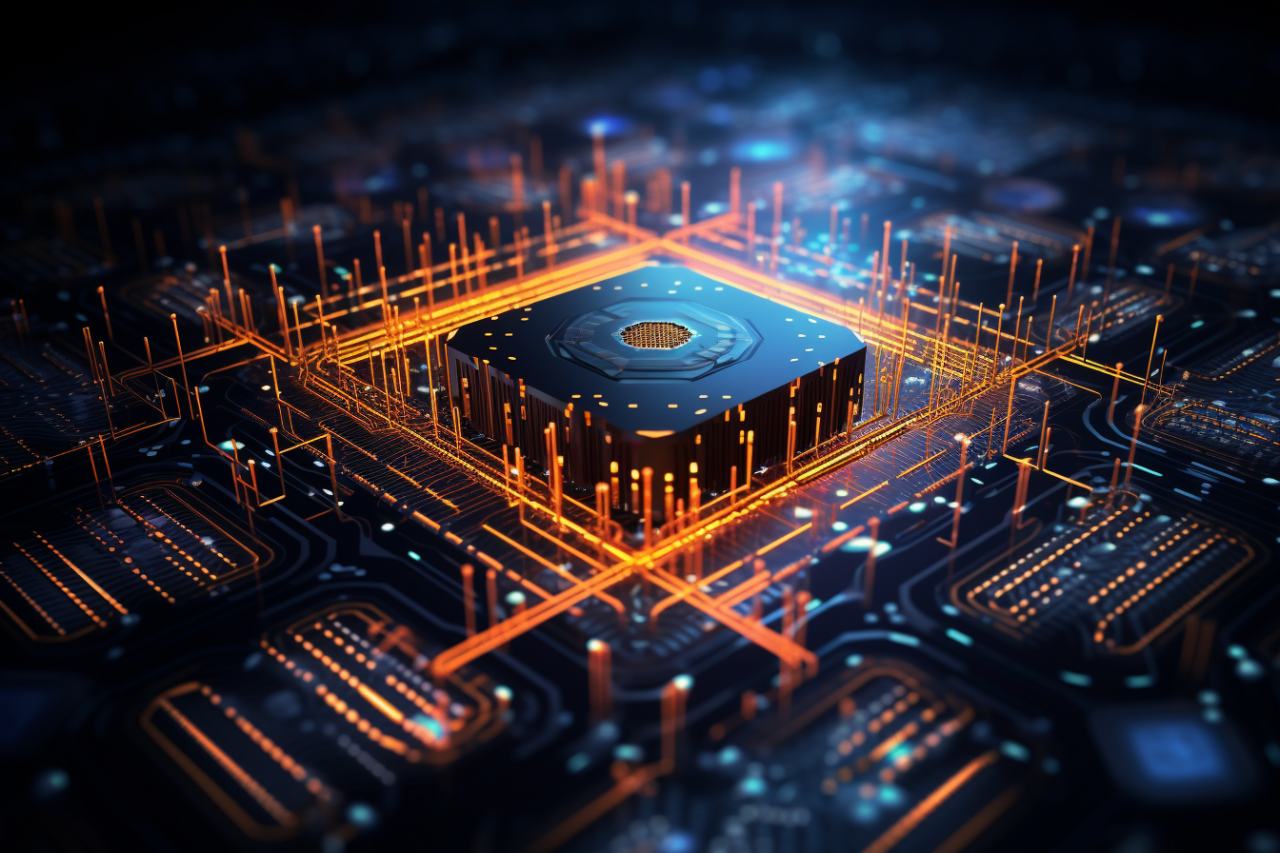As yet another revolution in technology looms just around the corner, quantum computing will revolutionize the very face of how we calculate data. Unlike classic computing based on binary bits, quantum computing utilizes qubits—grains that exist in more than one state simultaneously. This revolution brings processing speeds previously unimaginable, opening possibility in everything from the synthesis of medicine to simulation of world climate. In this article, we’ll explore the basics of quantum computing, its practical applications, and why it’s ruling the tech future.
1. What Is Quantum Computing?
Second, quantum computing is based on the laws of quantum mechanics, sub-atomic level matter and energy physics. Classical computers use bits 0 or 1, but quantum computers use qubits that are both (superposition) simultaneously, and exchange information with one another in entanglement.
These capabilities allow quantum computers to compute computationally intensive problems much faster than classical systems. Quantum computing is not an upgrade—it’s a revolution.
2. How It Works
Second, how it works is a real easy grasp:
- Superposition: A single qubit is able to exist in multiple states simultaneously, hence greater computing.
- Entanglement: Entangled qubits implies the state of one will immediately affect another, regardless of separation.
- Quantum Gates: Different from classical gates, quantum gates operate on qubits by summoning sophisticated transformations in an effort to solve seriously complex problems.
All of these are accountable for making quantum systems operate in parallel, something the conventional method is not equipped to do.

3. Real-World Uses of Quantum Computing
Theory to practice, here are some interesting spheres where quantum computing is already turning out to be a game-changer:
- Pharmaceuticals: Simulations of quantum-level molecular interactions to enable quicker, more accurate drug discovery.
- Cryptography: Cryptanalysis and encryption algorithm development that sets the benchmark for cybersecurity to new levels.
- Financial Modeling: Informing investment choices and risk profiles based on gargantuan datasets.
- Artificial Intelligence: Accelerating machine learning codes and pattern detection.
- Climate Science: Processing intricate patterns of weather and environmental evolution in real-time.
4. Challenges to Overcome
Revolutionary potential aside, quantum computing does have some issues to resolve:
- Hardware Limitations: Qubit (or coherence) storage is a chief technical imperative.
- Scalability: Creating systems with thousands of reliable qubits is in its embryonic stages.
- Error Mitigation: Quantum information are transitory and exponentially sensitive to noise, and higher error-reducing capability needs to be achieved.
- Cost: Current quantum hardware and research cost remains too over-the-top to make large-scale adoption viable.
Nevertheless, due to higher spending by governments and agencies, the above issues are being solved step by step.
5. Future of Quantum Computing
In the next few years, the future of quantum computing looks bright and guaranteed. With ongoing research, we can expect to see:
- Hybrid Systems: Merging quantum and classical systems to decompose complex calculations with enhanced efficiency.
- Cloud-Based Quantum Access: Democratization of cloud-based quantum computing on platforms like IBM Quantum or Microsoft Azure Quantum.
- Commercial Use Cases: Practical applications in logistics, manufacturing, and healthcare industries.
Quantum computing, in turn, may be the answer to mankind’s most pressing needs, unleashing creativity that ordinary computers can only dream of.
Ultimately, quantum computing is about something greater than just velocity—it’s a human breakthrough. From upending markets to cracking scientific mysteries, the new technology is setting the stage for an entirely new digital future. Tomorrow, learning to invest and capitalizing on quantum computing will be at the forefront of those who aspire to contribute to the tech-enabling future.










